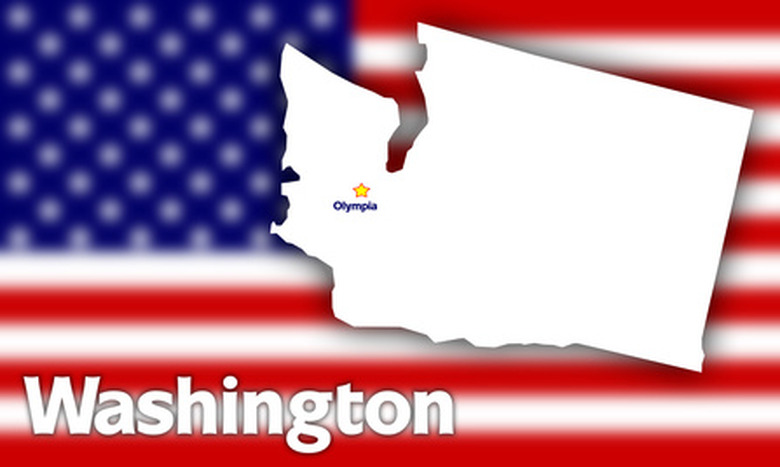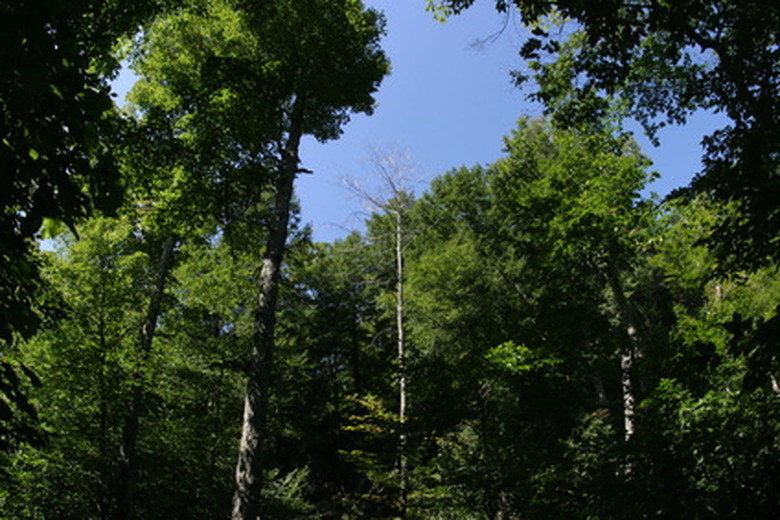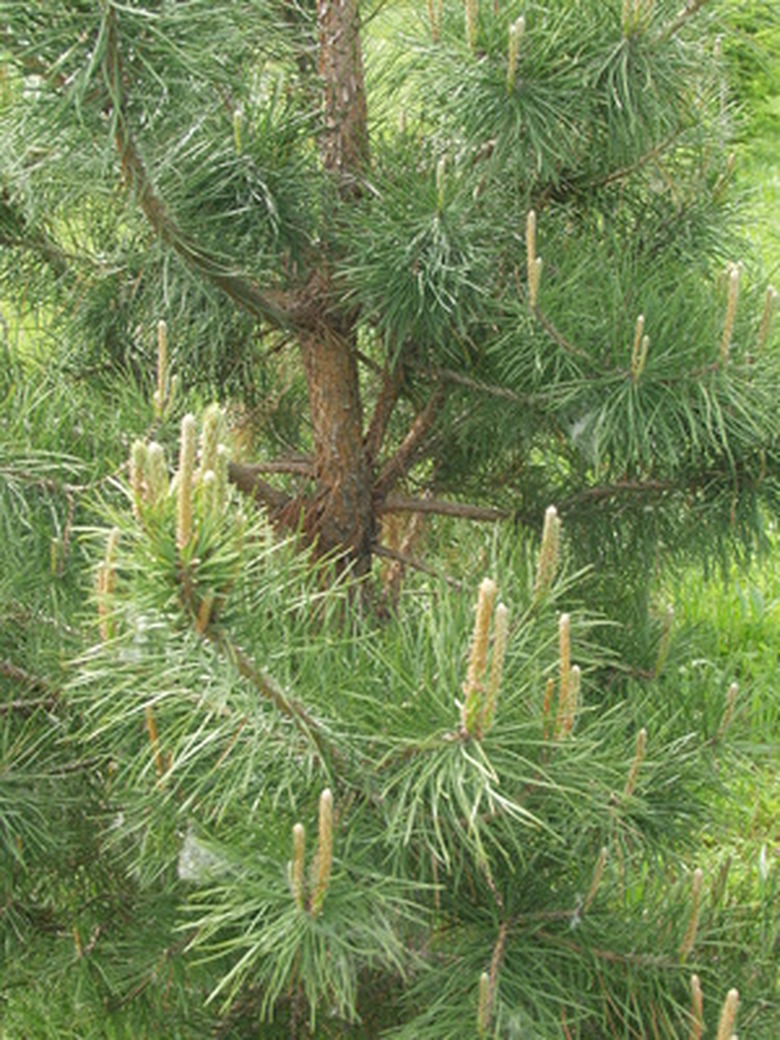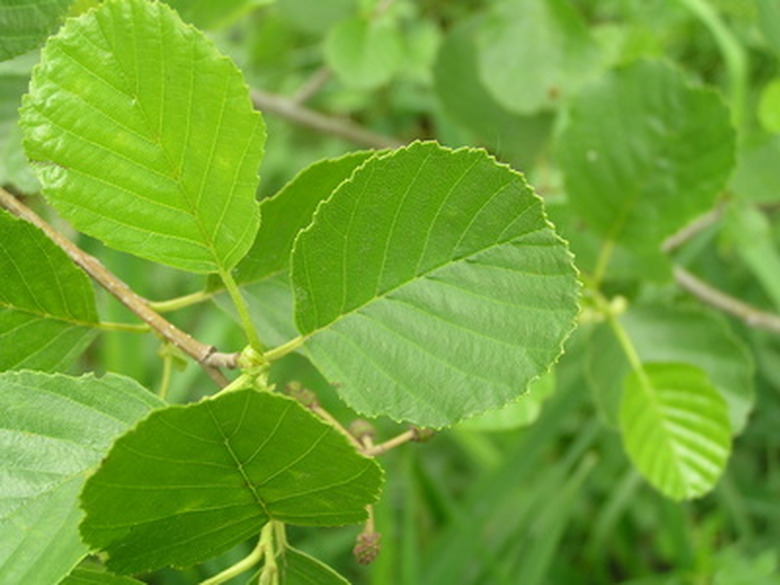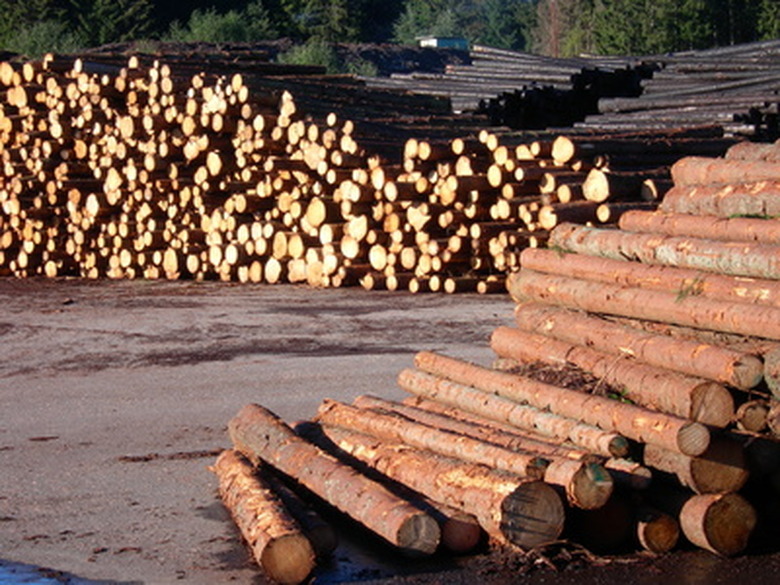10 Common Washington Trees
A wonderful part of Washington is appreciating the assortment of textures, shades and colors of the trees. Native commonplace trees are part of existing gardens, yet they also form the dense green forests that cover western Washington to the coast.
A wonderful part of Washington is appreciating the assortment of textures, shades and colors of the trees. Native commonplace trees are part of existing gardens, yet they also form the dense green forests that cover western Washington to the coast. This beautiful wild land builds its landscape using common native tree species.
Facts
For a tree to be considered common, it must occur frequently or habitually and be familiar, widespread or prevalent. Nicknamed the "Evergreen State," Washington treasures its common forest trees for their value to the state's economy and to the region's ecosystems. Seattle realtor C.T. Conver conceived the moniker in view of the fact that large fir and pine trees are commonly encountered. "The Green Tree State" is another nickname alluding to the state's widespread conifer forests.
- A wonderful part of Washington is appreciating the assortment of textures, shades and colors of the trees.
- Native commonplace trees are part of existing gardens, yet they also form the dense green forests that cover western Washington to the coast.
Softwoods
The most familiar softwoods are the Ponderosa pine (Pinus ponderosa), Sitka spruce (Picea sitchensis), Douglas fir (Pseudotsuga menziesii), Western Hemlock (Tsuga heterophylla), Western Larch (Larix occidentalis), Pacific Yew (Taxus brevifolia) and the Western Red Cedar (Thuja plicata). Softwoods belong to the cone-bearing order Coniferales, also interchangeably known as gymnosperms, conifers or evergreens. Conifers have needles or scale-like leaves. Evergreens also are referred to as resinous because of their thick sap that keeps them green all year long. A notable exception is the commonplace Western Larch, which is a deciduous conifer.
Hardwoods
Familiar hardwoods are the Pacific Madrone (Arbutus menziesii), Red Alder (Alnus rubra) and Black Cottonwood (Populous trichocarpa). Red Alder is the most prevalent hardwood in the coastal lowlands. Cottonwood frequents the state's waterways, where it grows along the shorelines, and the Madrone is at home on Washington's rocky slopes. Hardwoods or broadleaves are categorized as angiosperms and habitually lose their leaves annually. They are characteristically broad and narrow, flat and thin. The leaves can be either simple, having a single blade, or compound, with bracts arranged alternately or opposite. Although divergent in shapes, all hardwood leaves have an apparent structure of fine veins.
- The most familiar softwoods are the Ponderosa pine (Pinus ponderosa), Sitka spruce (Picea sitchensis), Douglas fir (Pseudotsuga menziesii), Western Hemlock (Tsuga heterophylla), Western Larch (Larix occidentalis), Pacific Yew (Taxus brevifolia) and the Western Red Cedar (Thuja plicata).
- Hardwoods or broadleaves are categorized as angiosperms and habitually lose their leaves annually.
Uses
Thousands of various wood, paper and pulp-based products are manufactured from the common trees harvested in Washington. Every part is valuable: the leaves, pith, wood, roots, fruits and even the bark. They yield food, clothing and shelter. Trees are also a root source of renewable energy, pharmaceuticals, detergents, solvents, cosmetics and a multitude of other goods. Hardwood species have compact tissues, which make them ideal for tool handles and recreational equipment. Sitka spruce, one of the softwoods, is particularly sought after, as its strong fibrous pulp wood enriches the states economy. Sculptors also like working with the woody fibers of the conifers. Woods like the Madrone are fine-grained and produce beautiful furniture. Douglas fir, another of the softwoods, is one of the world's most valuable timber trees.
- Thousands of various wood, paper and pulp-based products are manufactured from the common trees harvested in Washington.
- Sitka spruce, one of the softwoods, is particularly sought after, as its strong fibrous pulp wood enriches the states economy.
